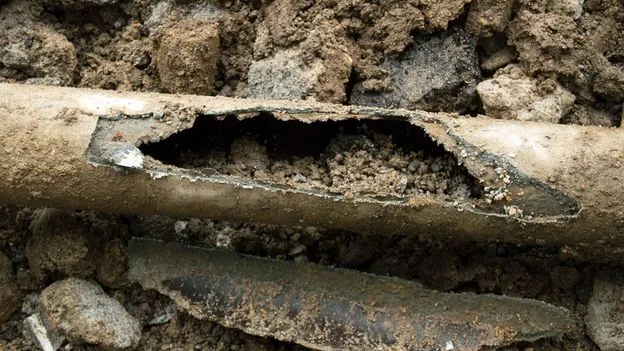Hundreds of thousands of miles of pipes made from asbestos cement deliver drinking water to people around the world, but are reaching the end of their lifespan and starting to degrade. Scientists are now debating whether this could pose a risk to human health.
“The water pipe burst on the top of the hill and flooded into the gas network,” remembers Alan Walker, owner of the Village Stores in Stannington, a suburb of Sheffield on the edge of the Peak District in England. “By the morning, people were turning on their gas hobs and water was coming out. It was one of the worst winters we had. We were one of the last houses to be reconnected, 13 days later.”
He is recalling an incident from December 2022. The burst water main affected more than 3,000 homes, and around 10,000 people in Stannington. More than a year on, it should be just a bad memory of a cold and unpleasant winter. But the water burst highlighted another nagging concern.



How can you say this and not come to the conclusion that swallowing these particles is some how not bad?
Just think about it for a moment.
Probably by knowing that after lots of studies there are no signs that it’s bad. And that if drinking water gets in your lungs, you have more urgent problems than asbestos.
I’m not saying I’m certain it isn’t bad, but there article itself points out that none of the studies done have shown any evidence yet.
Also, I think it’s a similar comparison to snake venom, deadly when injected but usually harmless when ingested.